Beyond the ordinary
This is where our journey begins. Get to know our business and what we do, and how we're committed to quality and great service. Join us as we grow and succeed together. We're glad you're here to be a part of our story.

How do I see disabilities?
What first drew me to working with children with disabilities was their uniqueness. Every child brings their own way of seeing the world, expressing themselves, and showing what they know. No two students learn the same way—and they are never defined by a label or diagnosis. I’ve always believed that children are not their disability. They are individuals with incredible abilities just waiting to be discovered and built upon.
While paperwork might list what a child can’t do, it rarely tells the full story. Sometimes a child misses a key concept early on. Sometimes it’s fear holding them back—fear of being wrong, fear of standing out, fear of hearing “no.” But when we look beyond that fear, we start to see what they’re really capable of.
That’s my job:
💡 To find their strengths,
🧩 To uncover their abilities,
🌱 And to build from where they are, not where a checklist says they should be.
I don’t teach from a one-size-fits-all plan. I teach the child in front of me. That means modifying instruction, adapting strategies, and connecting on a personal level—because that connection is where the real progress begins.
Sometimes it’s hard to explain how I understand what a child needs. It’s not something you always find in a textbook. It’s a connection—something we build together. And through that bond, we grow. We learn. We move forward.
Every child deserves to be seen, heard, and supported. They deserve a chance to learn in the way that makes sense to them. And that’s what I’m here to do.

Disability as defined by I.D.E.A
To qualify for services, kids need to have a disability that impacts their schooling. The Individuals with Disabilities Education Act (IDEA) groups disabilities into 14 categories. But this doesn’t mean the law only covers 14 disabilities. Some of the categories cover a wide range of challenges.
Let me take you through the 14 that would be used in schools.

Autism
A developmental disability significantly affecting verbal and nonverbal communication and social
interaction, generally evident before age three, that adversely affects a child’s educational
performance. Other characteristics often associated with autism are engaging in repetitive activities
and stereotyped movements, resistance to environmental change or change in daily routines, and
unusual responses to sensory experiences

Deaf- Blindness
Concomitant [simultaneous] hearing and visual impairments, the combination of which causes such
severe communication and other developmental and educational needs that they cannot be
accommodated in special education programs solely for children with deafness or children with
blindness.

Deafness
A hearing impairment so severe that a child is impaired in processing linguistic information through
hearing, with or without amplification, that adversely affects a child's educational performance.

Developmental Delay
The term developmental delay, as defined by each State, means a delay in one or more of the following areas: physical development; cognitive development; communication; social or emotional development; or adaptive [behavioral] development.

Emotional Disturbances
A condition exhibiting one or more of the following characteristics over a long period of time and to a marked degree that adversely affects a child’s educational performance:
(a) An inability to learn that cannot be explained by intellectual, sensory, or health factors.
(b) An inability to build or maintain satisfactory interpersonal relationships with peers and teachers.
(c) Inappropriate types of behavior or feelings under normal circumstances.
(d) A general pervasive mood of unhappiness or depression.
(e) A tendency to develop physical symptoms or fears associated with personal or school problems. The term includes schizophrenia. The term does not apply to children who are socially maladjusted, unless it is determined that they have an emotional disturbance.
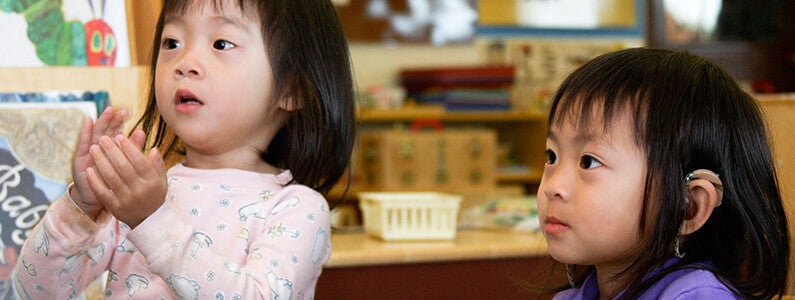
Hearing Impairment
An impairment in hearing, whether permanent or fluctuating, that adversely affects a child’s
educational performance, but is not included under the definition of "deafness."

Intellectual Disability (formerly known as Mental Retardation)
Significantly subaverage general intellectual functioning, existing concurrently [at the same time]
with deficits in adaptive behavior and manifested during the developmental period, that adversely
affects a child’s educational performance.
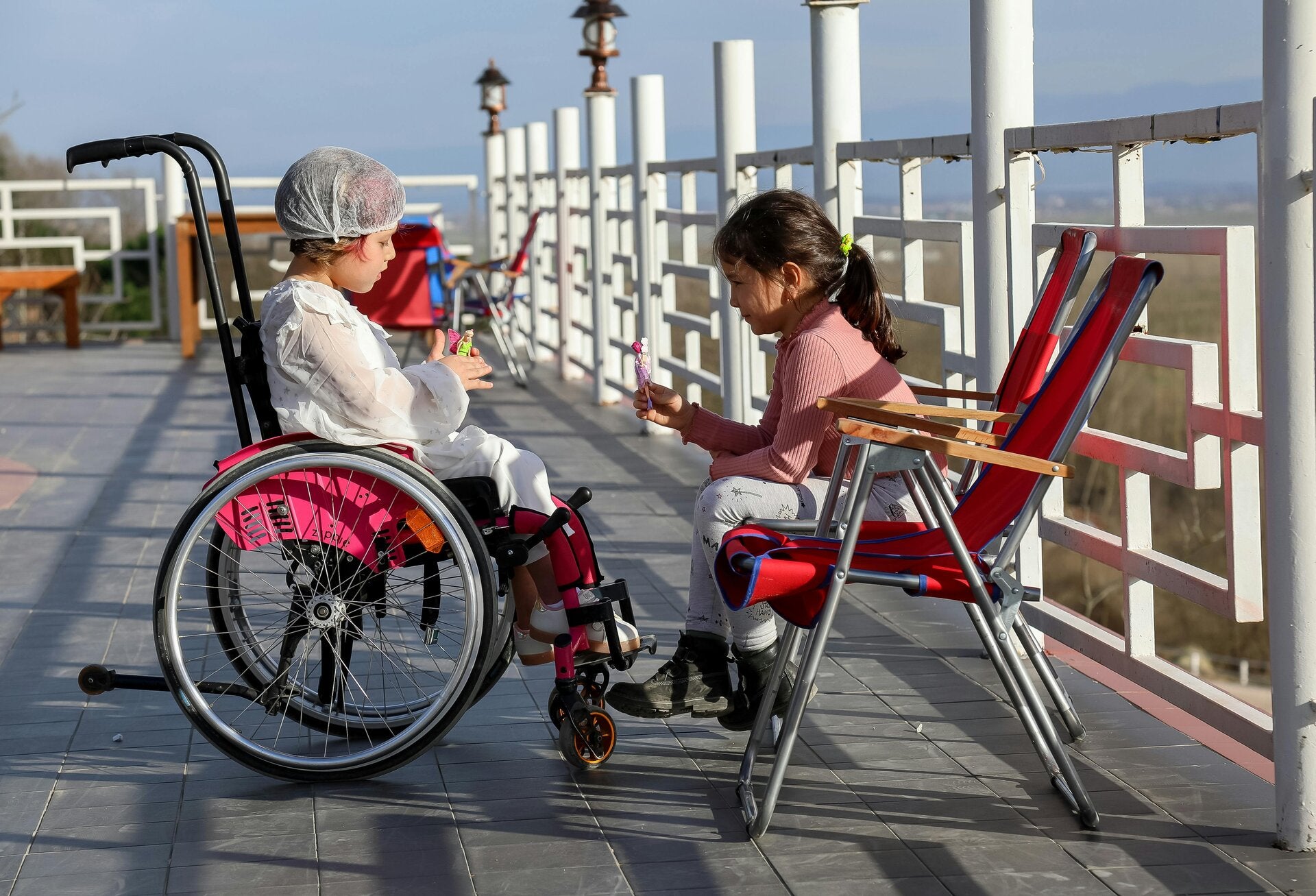
Multiple Disaibilities
Concomitant [simultaneous] impairments (such as mental retardation-blindness, mental retardationorthopedic impairment, etc.), the combination of which causes such severe educational needs that
they cannot be accommodated in a special education program solely for one of the impairments.
The term does not include deaf-blindness.
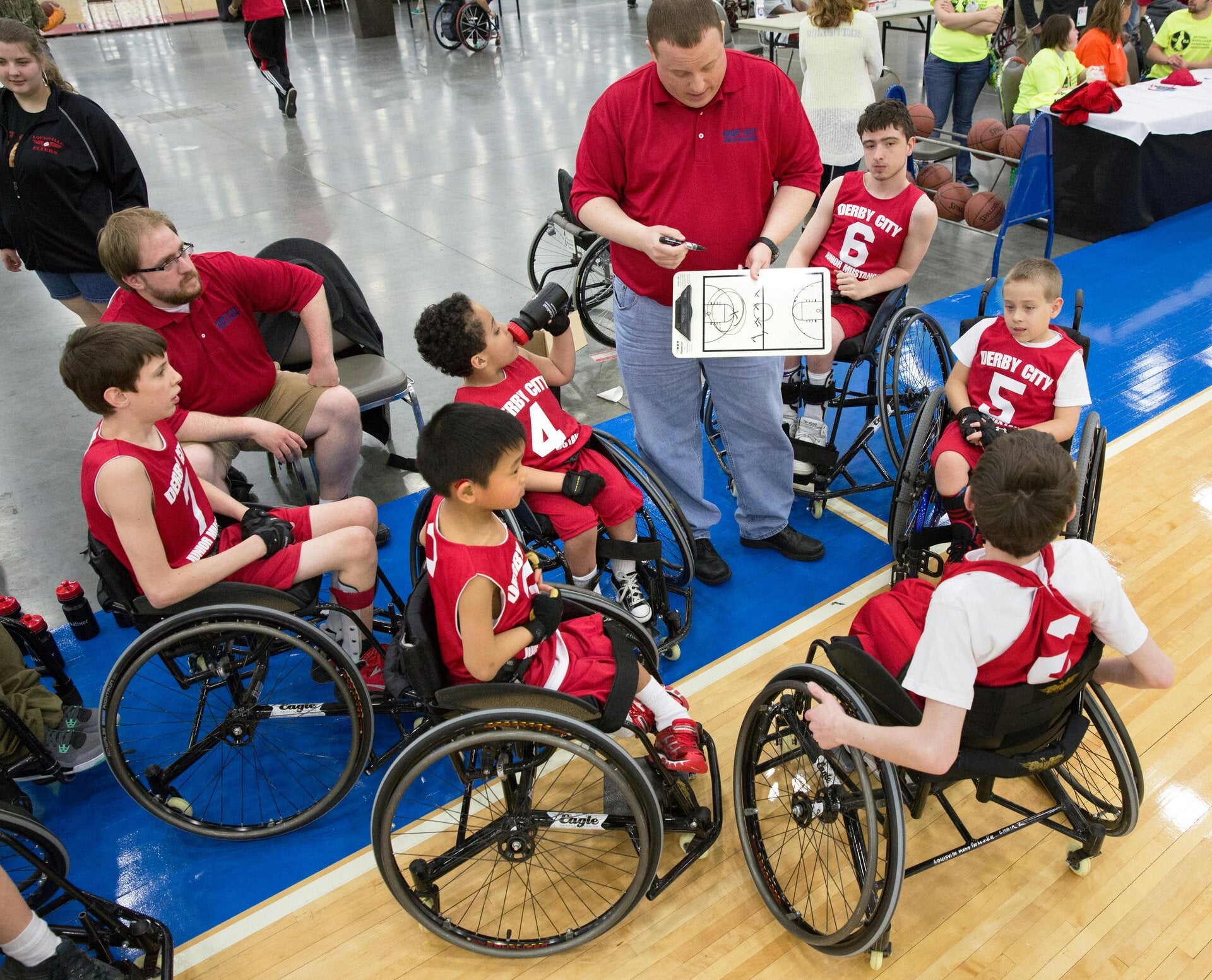
Orthopedic Impairment
A severe orthopedic impairment that adversely affects a child’s educational performance. The term
includes impairments caused by a congenital anomaly, impairments caused by disease (e.g.,
poliomyelitis, bone tuberculosis), and impairments from other causes (e.g.,cerebral palsy,
amputations, and fractures or burns that cause contractures).
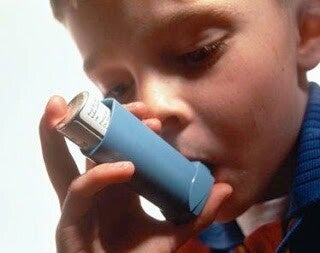
Other Health Impairment
Having limited strength, vitality, or alertness, including a heightened alertness to environmental
stimuli, that results in limited alertness with respect to the educational environment, that—
(a) is due to chronic or acute health problems such as asthma, attention deficit disorder or attention
deficit hyperactivity disorder, diabetes, epilepsy, a heart condition, hemophilia, lead poisoning,
leukemia, nephritis, rheumatic fever, sickle cell anemia, and Tourette syndrome; and
(b) adversely affects a child’s educational performance.

Specific Learning Disability
A disorder in one or more of the basic psychological processes involved in understanding or in using language, spoken or written, that may manifest itself in the imperfect ability to listen, think, speak, read, write, spell, or to do mathematical calculations. The term includes such conditions as perceptual disabilities, brain injury, minimal brain dysfunction, dyslexia, and developmental aphasia.
The term does not include learning problems that are primarily the result of visual, hearing, or motor
disabilities; of mental retardation; of emotional disturbance; or of environmental, cultural, or
economic disadvantage.
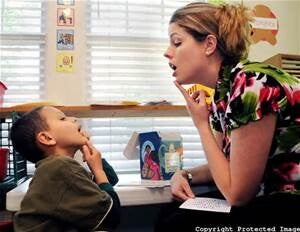
Speech and Language Impairment
A communication disorder such as stuttering, impaired articulation, a language impairment, or a voice impairment that adversely affects a child’s educational performance.

Tramatic Brain Injury
An acquired injury to the brain caused by an external physical force, resulting in total or partial functional disability or psychosocial impairment, or both, that adversely affects a child's educational performance. The term applies to open or closed head injuries resulting in impairments in one or more areas, such as cognition; language; memory; attention; reasoning; abstract thinking; judgment; problem-solving; sensory, perceptual, and motor abilities; psychosocial behavior; physical functions; information processing; and speech.
The term does not apply to brain injuries that are congenital or degenerative, or to brain injuries induced by birth trauma.
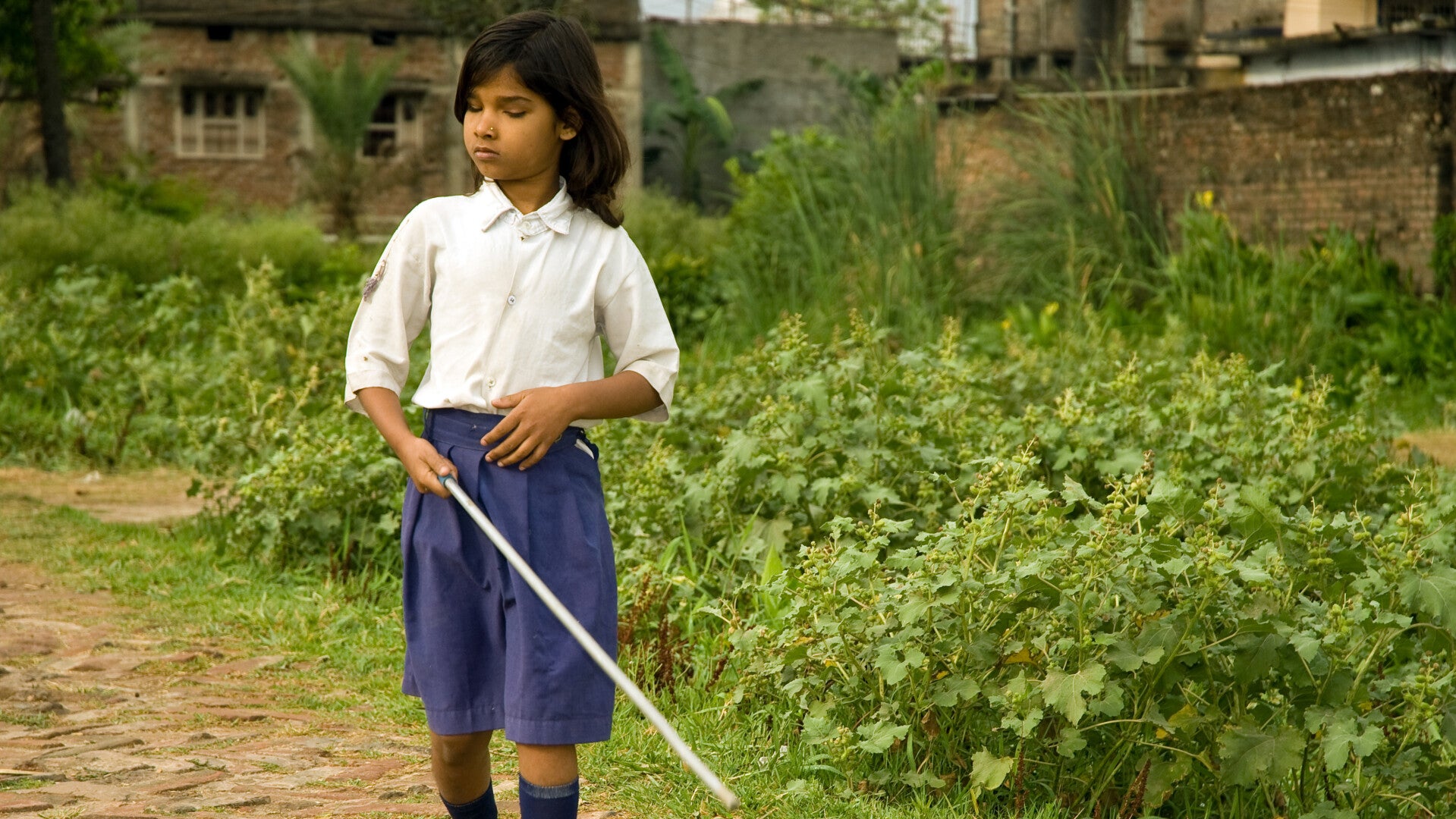
Visual Impairment Including Blindness
An impairment in vision that, even with correction, adversely affects a child’s educational performance. The term includes both partial sight and blindness.